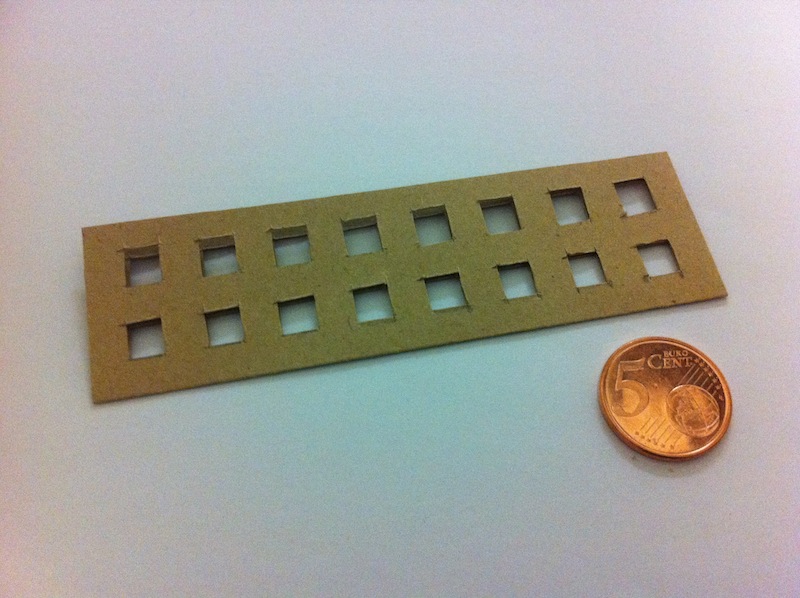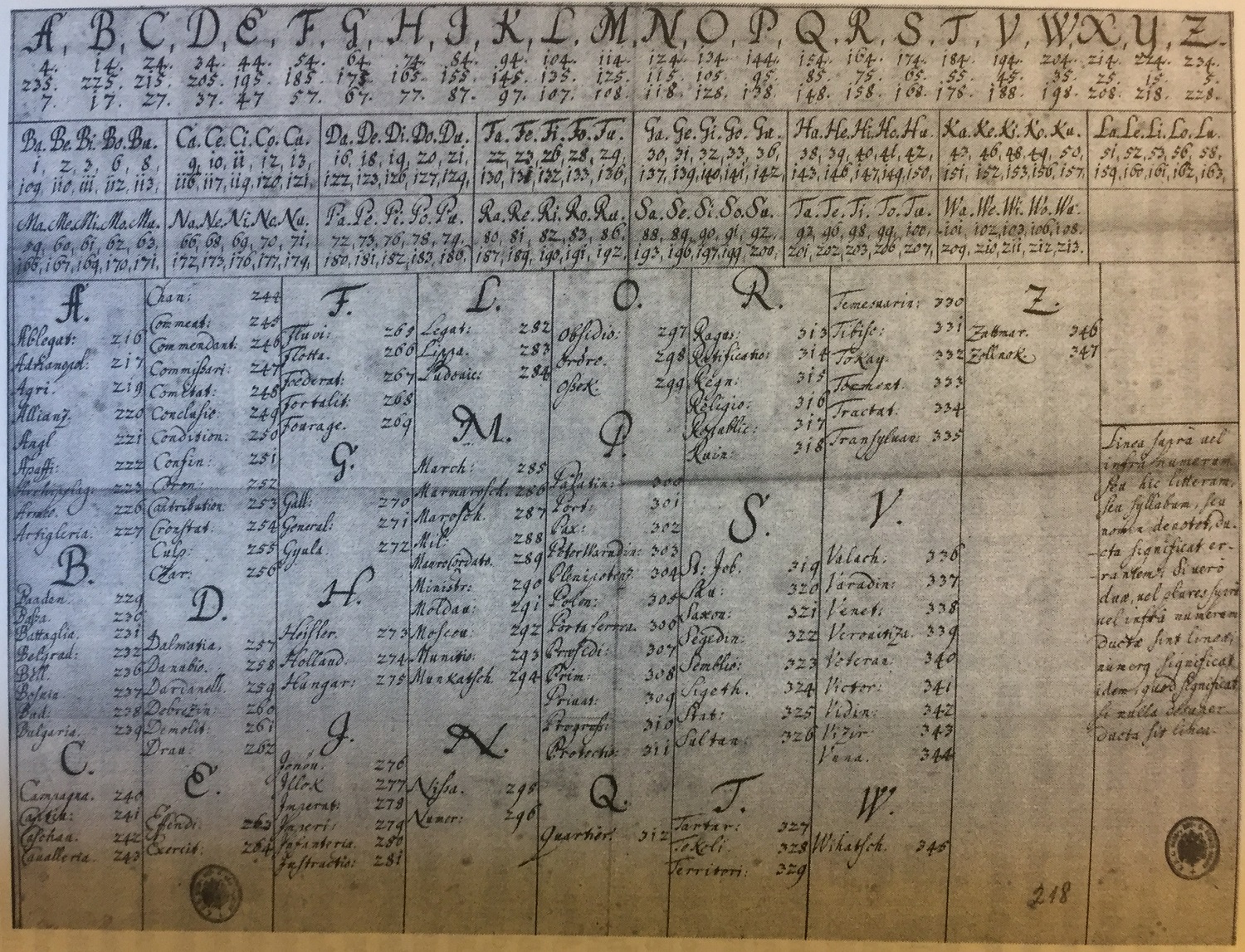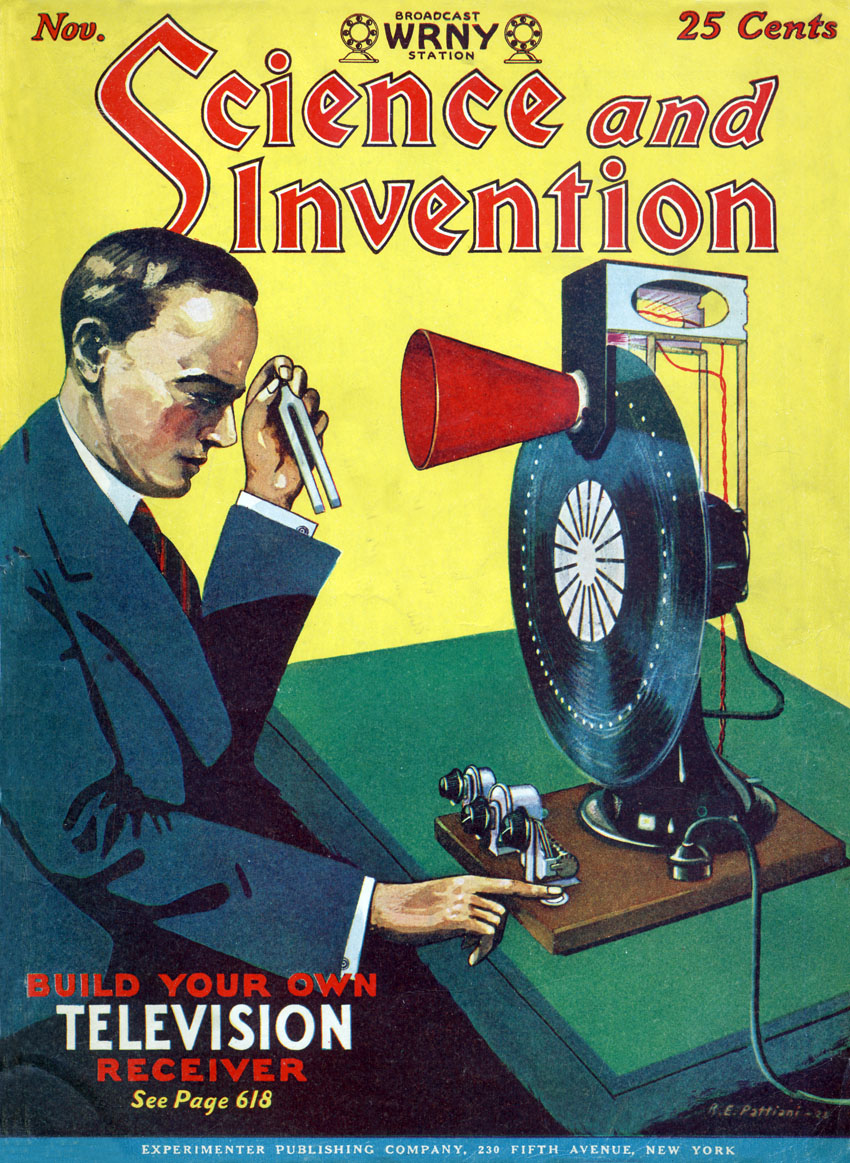|
Nyctograph
Nyctography (''in Nyctography:'' ) is a form of substitution cipher writing created by Lewis Carroll (Charles Lutwidge Dodgson) in 1891. It is written with a nyctograph (a device invented by Carroll) and uses a system of dots and strokes all based on a dot placed in the upper left corner. Using the Nyctograph, one could quickly jot down ideas or notes without the aid of light. Carroll invented the Nyctograph and Nyctography as he was often awakened during the night with thoughts that needed to be written down at once, and didn't want to go through the lengthy process of lighting a lamp only to have to then extinguish it. The nyctograph The device consisted of a gridded card with sixteen square holes, each a quarter inch wide, and system of symbols representing an alphabet of Carroll's design, which could then be transcribed the following day. He first named it "typhlograph" from ("blind"), but at the suggestion of one of his brother-students, this was subsequently changed int ... [...More Info...] [...Related Items...] OR: [Wikipedia] [Google] [Baidu] |
Nyctograph Reconstruction
Nyctography (''in Nyctography:'' ) is a form of substitution cipher writing created by Lewis Carroll (Charles Lutwidge Dodgson) in 1891. It is written with a nyctograph (a device inventions, invented by Carroll) and uses a system of dots and strokes all based on a dot placed in the upper left corner. Using the Nyctograph, one could quickly jot down ideas or notes without the aid of light. Carroll invented the Nyctograph and Nyctography as he was often awakened during the night with thoughts that needed to be written down at once, and didn't want to go through the lengthy process of lighting a lamp only to have to then extinguish it. The nyctograph The device consisted of a gridded card with sixteen square holes, each a quarter inch wide, and system of symbols representing an alphabet of Carroll's design, which could then be transcribed the following day. He first named it "typhlograph" from ("blind"), but at the suggestion of one of his brother-students, this was subsequently ... [...More Info...] [...Related Items...] OR: [Wikipedia] [Google] [Baidu] |
Lewis Carroll
Charles Lutwidge Dodgson (27 January 1832 – 14 January 1898), better known by his pen name Lewis Carroll, was an English author, poet, mathematician, photographer and reluctant Anglicanism, Anglican deacon. His most notable works are ''Alice's Adventures in Wonderland'' (1865) and its sequel ''Through the Looking-Glass'' (1871). He was noted for his facility with word play, logic, and fantasy. His poems ''Jabberwocky'' (1871) and ''The Hunting of the Snark'' (1876) are classified in the genre of literary nonsense. Some of Alice's nonsensical wonderland logic reflects his published work on mathematical logic. Carroll came from a family of high-church Anglicanism, Anglicans, and pursued his clerical training at Christ Church, Oxford, where he lived for most of his life as a scholar, teacher and (necessarily for his academic fellowship at the time) Anglican deacon. Alice Liddell – a daughter of Henry Liddell, the Dean of Christ Church, Oxford, Dean of Christ Church – is wide ... [...More Info...] [...Related Items...] OR: [Wikipedia] [Google] [Baidu] |
Trinitarian Formula
The Trinitarian formula is the phrase "in the name of the Father, and of the Son, and of the Holy Spirit" (; ), or words to that form and effect, referring to the three persons of the Christian Trinity. It is often followed by an " amen". The Trinitarian formula is used in baptism as well as in numerous prayers, rites, liturgies, and sacraments. One of its most common uses apart from baptism is when Roman Catholics, Eastern and Oriental Orthodox, Lutherans, Anglicans, Methodists, and others make the sign of the cross while reciting the formula. Biblical origin These words are quoted from a command of the risen Jesus in the Great Commission: "Go, therefore, and make disciples of all nations, baptizing them in the name of the Father, and of the Son, and of the Holy Spirit"Matthew 28:19. The formula is mentioned in the Didache (7:1-3), and it is mostly accepted as authentic due to its supporting manuscript evidence. Nevertheless, some scholars have held the view that the pass ... [...More Info...] [...Related Items...] OR: [Wikipedia] [Google] [Baidu] |
British English
British English is the set of Variety (linguistics), varieties of the English language native to the United Kingdom, especially Great Britain. More narrowly, it can refer specifically to the English language in England, or, more broadly, to the collective dialects of English throughout the United Kingdom taken as a single umbrella variety, for instance additionally incorporating Scottish English, Welsh English, and Northern Irish English. Tom McArthur (linguist), Tom McArthur in the Oxford English Dictionary, Oxford Guide to World English acknowledges that British English shares "all the ambiguities and tensions [with] the word 'British' and as a result can be used and interpreted in two ways, more broadly or more narrowly, within a range of blurring and ambiguity". Variations exist in formal (both written and spoken) English in the United Kingdom. For example, the adjective ''wee'' is almost exclusively used in parts of Scotland, north-east England, Northern Ireland, Ireland ... [...More Info...] [...Related Items...] OR: [Wikipedia] [Google] [Baidu] |
Substitution Cipher
In cryptography, a substitution cipher is a method of encrypting in which units of plaintext are replaced with the ciphertext, in a defined manner, with the help of a key; the "units" may be single letters (the most common), pairs of letters, triplets of letters, mixtures of the above, and so forth. The receiver deciphers the text by performing the inverse substitution process to extract the original message. Substitution ciphers can be compared with transposition ciphers. In a transposition cipher, the units of the plaintext are rearranged in a different and usually quite complex order, but the units themselves are left unchanged. By contrast, in a substitution cipher, the units of the plaintext are retained in the same sequence in the ciphertext, but the units themselves are altered. There are a number of different types of substitution cipher. If the cipher operates on single letters, it is termed a simple substitution cipher; a cipher that operates on larger groups of lett ... [...More Info...] [...Related Items...] OR: [Wikipedia] [Google] [Baidu] |
Inventions
An invention is a unique or novel device, method, composition, idea, or process. An invention may be an improvement upon a machine, product, or process for increasing efficiency or lowering cost. It may also be an entirely new concept. If an idea is unique enough either as a stand-alone invention or as a significant improvement over the work of others, it can be patented. A patent, if granted, gives the inventor a proprietary interest in the patent over a specific period of time, which can be licensed for financial gain. An inventor creates or discovers an invention. The word ''inventor'' comes from the Latin verb ''invenire'', ''invent-'', to find. Although inventing is closely associated with science and engineering, inventors are not necessarily engineers or scientists. The ideation process may be augmented by the applications of algorithms and methods from the domain collectively known as artificial intelligence . Some inventions can be patented. The system of patents wa ... [...More Info...] [...Related Items...] OR: [Wikipedia] [Google] [Baidu] |
Memoria Technica
Memoria was the term for aspects involving memory in Western classical rhetoric. The word is Latin, and can be translated as "memory". It was one of five canons in classical rhetoric (the others being inventio, dispositio, elocutio, and pronuntiatio) concerned with the crafting and delivery of speeches and prose. The art of rhetoric grew out of oratory, which was the central medium for intellectual and political life in ancient Greece. Legal proceedings, political debates, philosophical inquiry were all conducted through spoken discourse. Many of the great texts from that age were not written texts penned by the authors we associate them with, but were instead orations written down by followers and students. In Roman times, while there was a much greater body of written work, oration was still the medium for critical debate. Unlike public speakers of today, who use notes or who read their speeches, good orators were expected to deliver their speeches without such aids. ''Memor ... [...More Info...] [...Related Items...] OR: [Wikipedia] [Google] [Baidu] |
Pigpen Cipher
The pigpen cipher (alternatively referred to as the masonic cipher, Freemason's cipher, Rosicrucian cipher, Napoleon cipher, and tic-tac-toe cipher)Barker, p. 40Wrixon, p. 27 is a geometric simple substitution cipher, which exchanges letters for symbols which are fragments of a grid. The example key shows one way the letters can be assigned to the grid. Insecurity The Pigpen cipher offers little cryptographic security. It differentiates itself from other simple monoalphabetic substitution ciphers solely by its use of symbols rather than letters, the use of which fails to assist in curbing cryptanalysis. Additionally, the prominence and recognizability of the Pigpen leads to it being arguably worthless from a security standpoint. Knowledge of Pigpen is so ubiquitous that an interceptor might not need to actually ''break'' this cipher at all, but merely ''decipher'' it, in the same way that the intended recipient would. Due to Pigpen's simplicity, it is very often included in ch ... [...More Info...] [...Related Items...] OR: [Wikipedia] [Google] [Baidu] |
Night Writing
Night writing is the name given to a form of tactile writing invented by Charles Barbier de la Serre (1767–1841). It is one of a dozen forms of alternative writing presented in a book published in 1815: ''Essai sur divers procédés d'expéditive française, contenant douze écritures différentes, avec une planche pour chaque procédé'' (Essay on various processes of French expedition, containing twelve different writings, with a plate for each process). The term (in French: ''écriture nocturne'') does not appear in the book, but was later applied to the method shown on Plate VII of that book. This method of writing with raised dots that could be read by touch was adopted at the Institution Royale des Jeunes Aveugles (Royal Institution for Blind Youth) in Paris. A student at the school, Louis Braille, used the tools and Barbier's idea of communicating with raised dots in a form of code, and developed a more compact and flexible system for communications, Braille. Origin ... [...More Info...] [...Related Items...] OR: [Wikipedia] [Google] [Baidu] |
Graffiti (Palm OS)
Graffiti is an essentially single-stroke shorthand handwriting recognition system used in PDAs based on the Palm OS. Graffiti was originally written by Palm, Inc. as the recognition system for GEOS-based devices such as HP's OmniGo 100 and 120 or the Magic Cap-line and was available as an alternate recognition system for the Apple Newton MessagePad, when NewtonOS 1.0 could not recognize handwriting very well. Graffiti also runs on the Windows Mobile platform, where it is called "Block Recognizer", and on the Symbian UIQ platform as the default recognizer and was available for Casio's Zoomer PDA. The software is based primarily on a neography of upper-case characters that can be drawn blindly with a stylus on a touch-sensitive panel. Since the user typically cannot see the character as it is being drawn, complexities have been removed from four of the most difficult letters. "A" "F", "K" and "T" all are drawn without any need to match up a cross-stroke. Some letters can be ... [...More Info...] [...Related Items...] OR: [Wikipedia] [Google] [Baidu] |
1891 In Technology
Events January * January 1 ** A strike of 500 Hungarian steel workers occurs; 3,000 men are out of work as a consequence. **Germany takes formal possession of its new African territories. * January 4 – The Earl of Zetland issues a declaration regarding the famine in the western counties of Ireland. * January 5 **The Australian shearers' strike, that leads indirectly to the foundation of the Australian Labor Party, begins. **A fight between the United States and Lakotas breaks out near Pine Ridge agency. **A fight between railway strikers and police breaks out at Motherwell, Scotland. * January 7 ** General Miles' forces surround the Lakota in the Pine Ridge Reservation. ** The Inter-American Monetary Commission meets in Washington DC. * January 9 – The great shoe strike in Rochester, New York is called off. * January 10 – in France, the Irish Nationalist leaders hold a conference at Boulogne. The French government promptly takes loan. * January ... [...More Info...] [...Related Items...] OR: [Wikipedia] [Google] [Baidu] |






